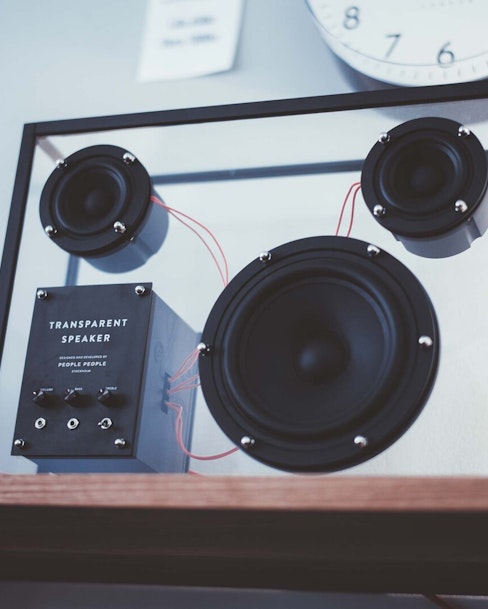Blog
Silence just isn’t that golden (unless you have young kids)

This is a guest post by Paul Fulberg, long term content and creative strategist and editor of the book Sonic Branding: An Introduction, and does not necessarily reflect the opinion of Soundtrack Your Brand.
Posted on February 17, 2022
A little while ago I undertook a fairly comprehensive review of all the academic papers I could find on the impact of music in the retail environment and established a pretty clear link between music and consumer behaviour. I say I established but actually it was the various academics across the globe that did the leg work. So when one of Britain’s most established retailers, Marks & Spencer, introduced a music-free policy to 300 of its stores I wondered how did all those smart academics get it so wrong.
The truth is, they didn’t. You see what the researchers had identified was that music has a critical role to play in all points at which a brand seeks to communicate from its mass advertising to the one-to-one moments with a consumer.
So why did M&S’ customers and staff demand they turn off the music? The simple answer is that the music was rubbish. Rather than treating music as an opportunity it was simply a filler. Instead of being harnessed as a way to improve the retail experience, provide useful information about the brand, space, and the products, M&S used it to avoid an uncomfortable silence.
“It has only been four months since M&S turned off the music so we won’t see the impact on customer experience and ultimately profits for some time, but I’m going to make a prediction. Whatever impact the silence has will be short lived”
It has only been four months since M&S turned off the music so we won’t see the impact on customer experience and ultimately profits for some time, but I’m going to make a prediction. Whatever impact the silence has will be short lived. There are many reasons for this. But as a starter, I’m going to give you the research done by Ballouli K. and Bennett G. in their paper from June 2014, “New (Sound)Waves in Sport Marketing: Do Semantic Differences in Analogous Music Impact Shopping Behaviours of Sport Consumers?”. They found that brand music (chosen or created for its embodiment of the brand values) had a positive effect on consumer evaluation of the brand, the store environment, and their experience/satisfaction.
As Ballouli and Bennett’ undertook their study in a retail space at a sports stadium, the crowd were very much immersed in the brand and their emotional state was therefore heightened. But I don’t think this emotional arousal is detrimental. If anything, it shows the importance of making retail experiences a piece of fully immersive theatre.
What it shows is that if M&S had thought about the aural experience of their stores as much as the physical, they would not have created retail spaces where their consumers and staff were covering their ears. If they had fully appreciated the important role that music plays as part of the atmospherics of their stores then for those that liked the music, it would have enhanced their experience and for those that didn’t care it would not have diminished theirs.
In summary, don’t turn off the music. Just play the right music, and you’ll create a better (more profitable) space for your customers and staff.
Reference:
New (Sound)Waves in Sport Marketing: Do Semantic Differences in Analogous Music Impact Shopping Behaviors of Sport Consumers?
Ballouli, Khalid; Bennett, Gregg. Sport Marketing Quarterly. Jun2014, Vol. 23 Issue 2, p59-72. 14p. , Database: Business Source Complete
Redefine your music streaming
Jump straight into all of our most exclusive features with a no obligation 14 day trial, unlocking everything normally available in Soundtrack Unlimited
Related articles

Enterprise Music RFP: Choosing a Commercial Music Service

Apple Music for Business is Gone (Use This Alternative)

Bar and Restaurant Revenue Statistics, Trends, and Predictions

15 Ways to Increase Restaurant Sales and Customer Retention

What Is a Public Performance License? Everything You Need to Know

5 Music Apps for Bars and Restaurants